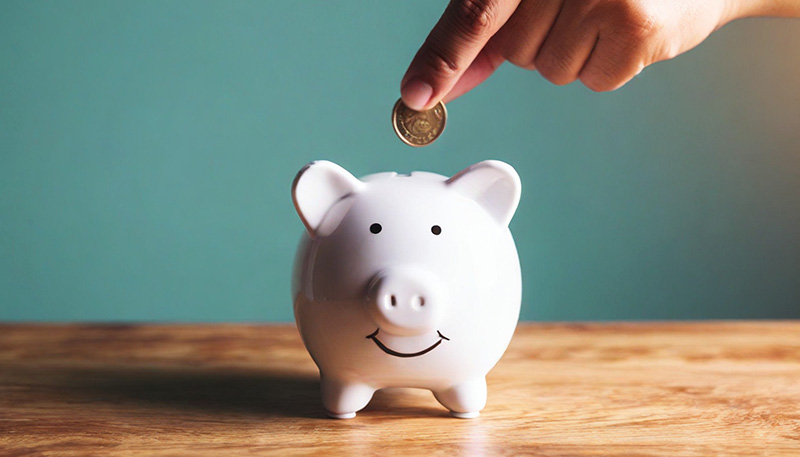Life is full of surprises, and while some may be pleasant, others—like unexpected medical bills, car repairs, or job loss—can be financially overwhelming. That’s where an emergency fund comes in. An emergency fund is a financial safety net designed to cover unexpected expenses, giving you peace of mind and protecting your long-term financial goals.
But how much should you save, and how can you build this critical fund? Let’s break it down.
Why You Need an Emergency Fund
Unexpected expenses can derail even the best financial plans. Without a safety net, you may find yourself relying on high-interest credit cards or loans, which can create a cycle of debt. An emergency fund provides a buffer, ensuring you’re prepared for life’s uncertainties without compromising your financial health.
How Much Should You Save?
The general rule of thumb is to save 3-6 months’ worth of living expenses, but the exact amount depends on your situation:
- Stable Income and Low Expenses: Aim for 3 months’ worth of expenses if your income is steady and your expenses are predictable.
- Variable Income or High Risk: Save closer to 6 months (or more) if you’re self-employed, have dependents, or work in an industry prone to fluctuations.
Not sure how to calculate this? Start by listing your essential monthly expenses, such as rent or mortgage, utilities, groceries, insurance, and minimum debt payments. Multiply that total by the number of months you want to cover.
Where to Keep Your Emergency Fund
An emergency fund needs to be accessible but separate from your day-to-day spending to avoid unnecessary withdrawals. Ideal options include:
- High-Yield Savings Accounts: Offers easy access and earns interest, helping your fund grow.
- Money Market Accounts: Similar to savings accounts but may offer higher returns.
- Certificates of Deposit (CDs): Suitable for funds you can leave untouched for a set period, though less flexible for emergencies.
How to Build Your Emergency Fund
- Start Small and Be Consistent: Even $20 a week adds up over time. The key is to make saving a habit.
- Automate Savings: Set up automatic transfers to your emergency fund each payday to ensure consistency.
- Cut Unnecessary Expenses: Identify areas where you can reduce spending and redirect those savings to your fund.
- Boost Savings with Windfalls: Use tax refunds, bonuses, or other unexpected income to accelerate your savings.
Expert Insight
“An emergency fund isn’t a luxury—it’s a necessity for financial stability,” says Brian Tillotson of Virtus Wealth in Southlake, Texas. “Having a fund in place helps you manage unexpected expenses without derailing your long-term goals.”
When to Use Your Emergency Fund
Your emergency fund is for true emergencies, not discretionary spending. Appropriate uses include:
- Unplanned medical bills
- Emergency home repairs
- Job loss or income disruption
- Major car repairs
Once you use the fund, prioritize rebuilding it as soon as possible.
Building an emergency fund takes time and effort, but the financial security it provides is invaluable. Start small, stay consistent, and watch your safety net grow. With an emergency fund in place, you’ll be ready to face life’s uncertainties with confidence.

